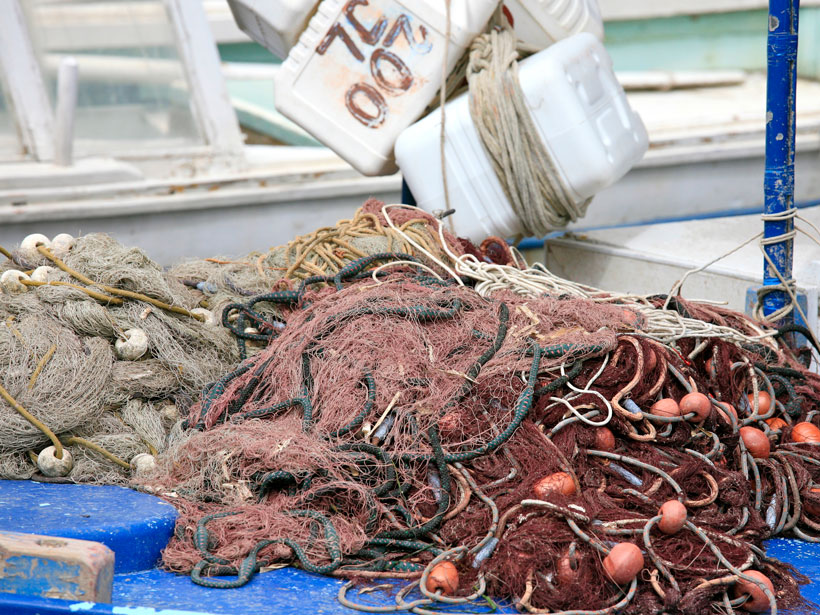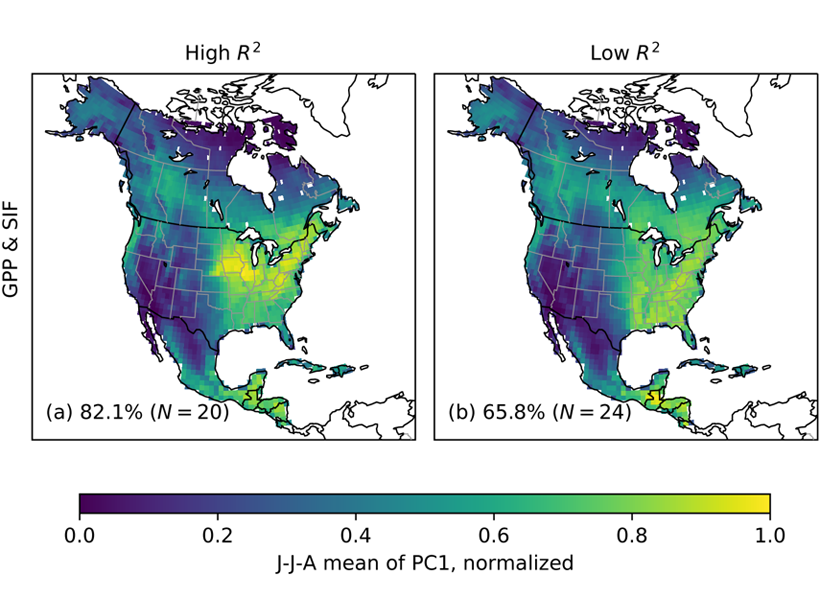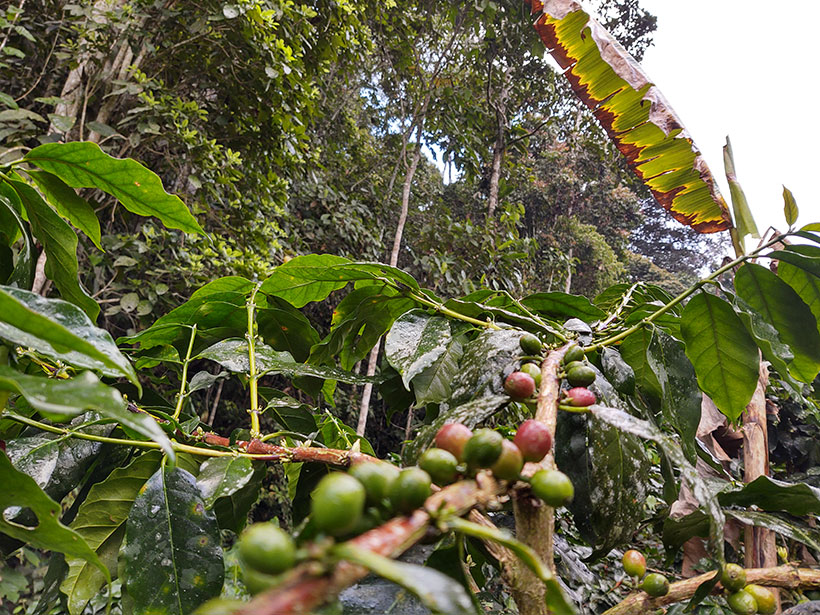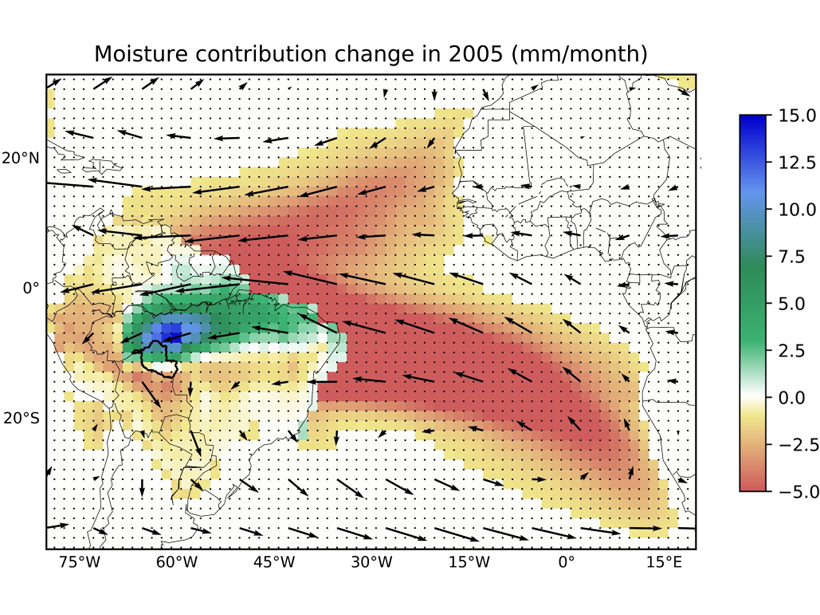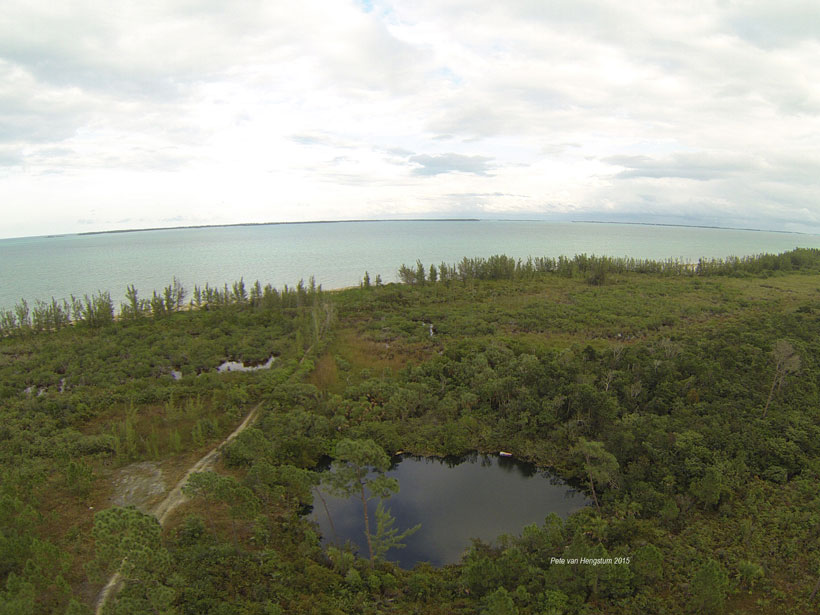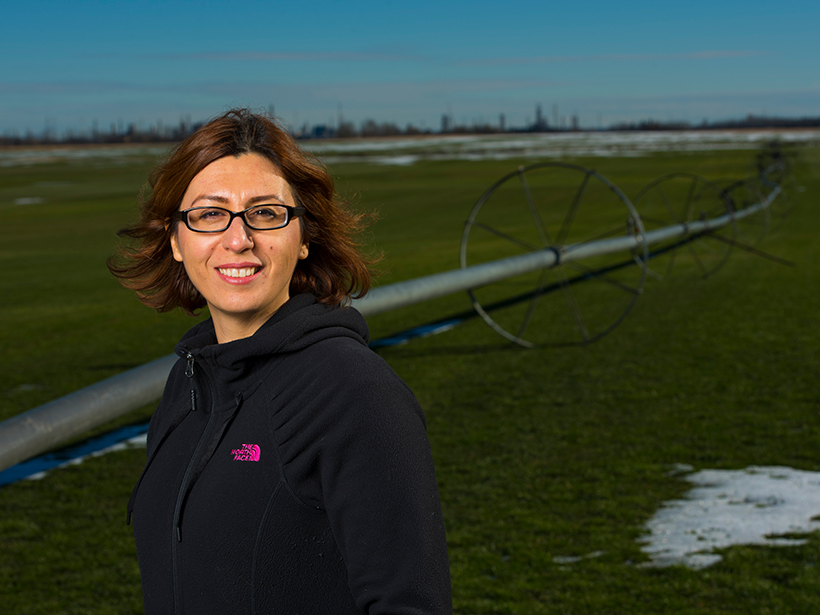Food production is becoming less efficient at using nitrogen fertilizer, according to a review of global values. Excess nitrogen damages the environment and the climate.
agriculture
Getting to the Bottom of Trawling’s Carbon Emissions
A new model shows that bottom trawling, which stirs up marine sediments as weighted nets scrape the ocean floor, may be releasing more than a billion metric tons of carbon every year.
Food Security Lessons from the Vikings
Scandinavian societies of the first millennium adapted their farming practices to volcano-driven climate changes.
Siltation Threatens Historic North Indian Dam
Experts recommend reforestation campaigns to combat siltation at Bhakra Dam, one of the first infrastructure projects pursued by India after independence.
How Do Croplands Reduce CO2 During the Growing Season?
Regional variations in the seasonal drawdown of atmospheric CO2 can be used as a benchmark for evaluating models and satellite-derived estimates of land carbon uptake.
Ancient Maya Made Widespread Changes to Wetland Landscape
A system of canals 2 millennia old sustained a local population after the collapse of its neighbors, and it continues to affect local ecology today.
A Warming World Threatens Colombia’s Coffee Future
Colombia is the second-largest producer of Arabica coffee, but changing climate, soil, and precipitation patterns are already altering the harvest volume, production techniques, and even the taste of coffee.
Upwind Forest Buffers Rondonia Cropland Against Regional Drought
During severe Amazonia droughts when oceanic supply of moisture failed, the magnitude of rainfall reduction over Rondonia was moderated by enhanced moisture supply from upwind forests.
Early Inhabitants of the Bahamas Radically Altered the Environment
Clues in sediments show that once humans arrived on Great Abaco Island, they hunted large reptiles to extinction and burned the old hardwoods and palms, leading to new pine- and mangrove-dominated lands.
Repensar el concepto de agua virtual en el mercado comercial mundial
Las discusiones sobre el comercio mundial están comenzando a considerar el agua que se necesita para producir bienes exportados. Algunos científicos sostienen que este enfoque debería tener una perspectiva regional más que global.


